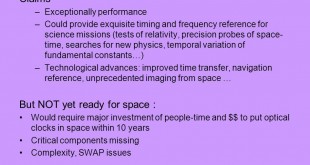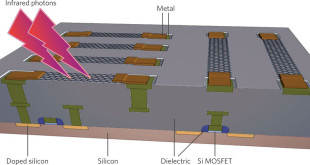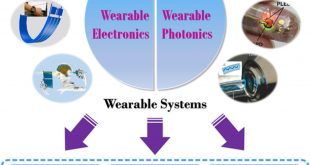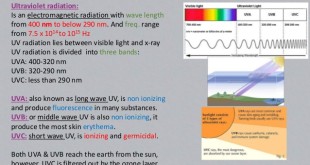Artificial Intelligence promises huge benefits to the world but lacks the proper infrastructure for implementation. AI infrastructure today is either too expensive, too slow, too hot or far too power hungry to be sustainable and commercially available to many potential customers. This is especially salient for edge solutions where accurate, …
Read More »Military optronics surveillance & sighting systems
Optronics, surveillance and sighting systems allow defence forces to effectively locate, track, observe and engage a range of targets in land, airborne and maritime warfare domains both during daylight and after dark. These military-grade systems play a vital role in border security, base protection, patrol and intelligence, surveillance and reconnaissance (ISR) missions. Unmanned systems have become an integral part of military forces worldwide, …
Read More »Ultra accurate Optical clocks to enable GPS with centimeter-level location accuracy and distributed engagement and surveillance DOD architecture
Phones and other GPS-enabled devices pinpoint your location on Earth by contacting at least four satellites bearing atomic clocks. Each of these satellites provides a time stamp, and the system calculates your location based on the relative differences among those times. The accuracy of GPS Navigation is primary degraded due …
Read More »DARPA ROCkN optical atomic clocks will enable multidomain synchronization among various platforms, multi vehicle swarms
Synchronizing modern electronic systems such as the Internet and GPS navigation is currently done using microwave atomic clocks that measure time based on the frequency of natural vibrations of cesium atoms. Those vibrations occur at microwave frequencies that can easily be used in electronic systems. Optical atomic clocks will …
Read More »Graphene infrared (IR) photodetectors enable ultrafast and room temperature IR cameras ultrasensitive for entire spectrum, and 3D cameras
Photodetectors, also called photosensors, are sensors of light or other electromagnetic radiation. There is a wide variety of photodetectors that may be classified by mechanism of detection, such as photoelectric or photochemical effects, or by various performance metrics, such as spectral response. Photodetectors are devices that measure photon flux or …
Read More »Ground and Space optical telescopes critical for Space Situational Awareness
There has been an exponential growth of space objects, including orbital debris that has increased the in-orbit collision risk. NASA estimates there are 21,000 objects orbiting Earth that are larger than 10 cm, 500,000 between 1 and 10 cm, and more than 100 million that are less than 1 cm. …
Read More »Wearable Photonic devices making personalized medicine and health tracking a reality.
Currently, old-style personal Medicare techniques rely mostly on traditional methods, such as cumbersome tools and complicated processes, which can be time-consuming and inconvenient in some circumstances. Furthermore, such old methods need the use of heavy equipment, blood draws, and traditional bench-top testing procedures. Invasive ways of acquiring test samples can …
Read More »Optical Networks Vulnerabilities and Security threats
Optical networks are vulnerable to several types of security breaches or attacks, typically aimed at disrupting the service or gaining unauthorized access to carried data, i.e., eavesdropping. Depending on the aim of the attack, security breaches can induce financial losses to the clients or cause network-wide service disruption, possibly leading to huge …
Read More »Military applications of Ultravoilet spectrum becoming feasible with Technology breakthroughs
The electromagnetic spectrum is a series of frequencies ranging from radio waves to microwaves, visible light, X-rays, and gamma rays. As the wavelength of the electromagnetic radiation shortens, the waves have a higher frequency—how quickly electromagnetic waves follow each other—and therefore more energy. Ultraviolet (UV) is electromagnetic radiation with …
Read More »Quantum Imaging technique can have military applications, US and China racing to deploy quantum ghost imaging in satellites for stealth plane tracking
Today, we are witnessing the second quantum revolution, where quantum states, which can exhibit superposition and entanglement, are harnessed for quantum technological applications. Quantum Sensing exploits the high sensitivity of quantum systems to external disturbances to develop highly sensitive sensors. Breaking the limitations of today’s established imaging schemes is a …
Read More » International Defense Security & Technology Your trusted Source for News, Research and Analysis
International Defense Security & Technology Your trusted Source for News, Research and Analysis







